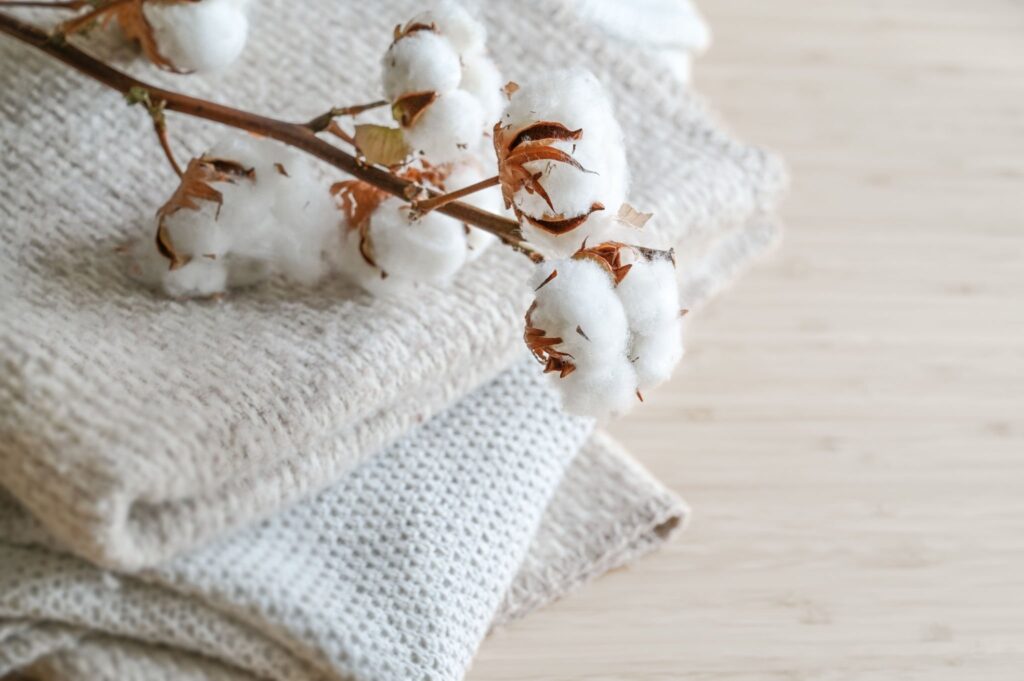Why Linen is Sustainable?
Although linen has long been a fashion staple, why is it still popular today? You might have heard that it is highly eco-friendly or has been recommended by a friend. What makes linen environmentally friendly and how does it impact the environment? Here Denis & Di comprehend the sustainability of lovely Linen.
A NATURAL FIBRE CREATED FROM FLAX PLANTS
Today, the majority of the clothing we wear is either manufactured by humans or produced using a lot of chemicals. Flax plants, a plant that thrives without the need for pesticides or fertilizers, are used to make linen. It can therefore be produced without harming the environment and is a renewable resource with a rapid growth rate.

YOUR CARBON FOOTPRINT IS TRULY REDUCED BY USING LINEN
One hectare of flax can remove 3.7 tonnes of CO2 from the environment, which is an interesting fact about linen. That means that each year, almost 250,000 tonnes of CO2 are removed from the total amount of linen farmed in Europe. This is equivalent to driving a typical car with more than 560,000,000 miles! Or, to put it another way, it saves enough CO2 to go roughly 22,600 times around the globe.
LESS WATER IS NEEDED FOR FLAX THAN FOR COTTON
An extremely thirsty plant, cotton. Around four times as much water is needed to manufacture one cotton shirt as it does to make one made of linen.

NOTHING IS WASTED
The ability to weave the entire flax plant into a fiber makes linen a particularly ecological fabric since it virtually eliminates waste generated during the spinning and weaving processes. If it is treated organically without the use of chemicals or powerful dyes, it also means that no water contamination is produced.
LINEN IS RECYCLABLE AND BIODEGRADABLE
Yes, linen is recyclable and fully biodegradable. However, as with any natural material, you should exercise caution while handling fabrics, especially given the potential environmental effects of various dyes.

FLAX ASSISTS IN MAINTAINING ECOLOGICAL DIVERSITY
Flax contributes to ecosystem diversification and provides a nice diversion from intensive agriculture. If you go by a field of flax, you’ll see that it is teeming with animals that support biodiversity and soil regeneration.
